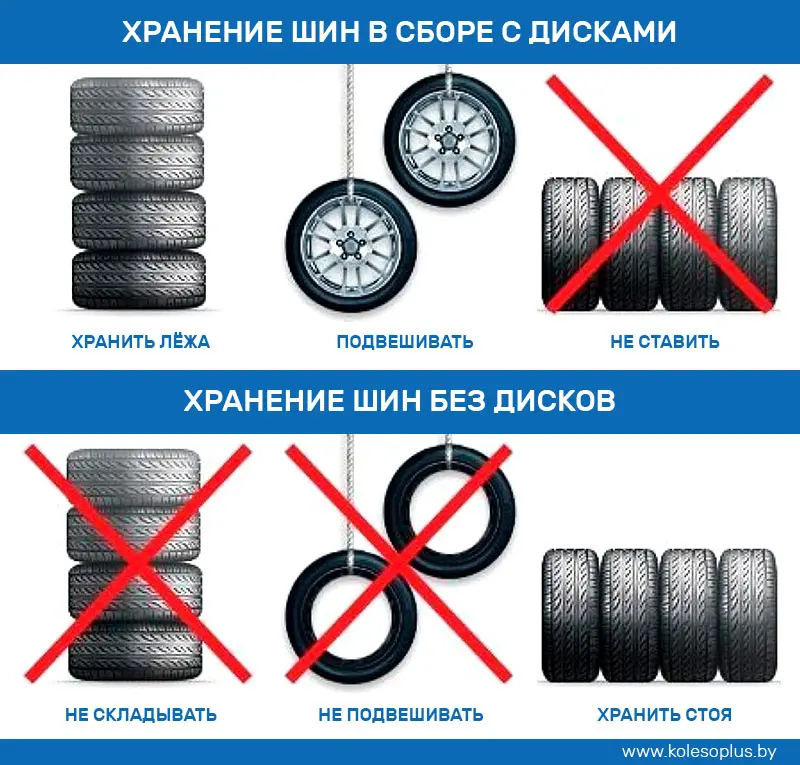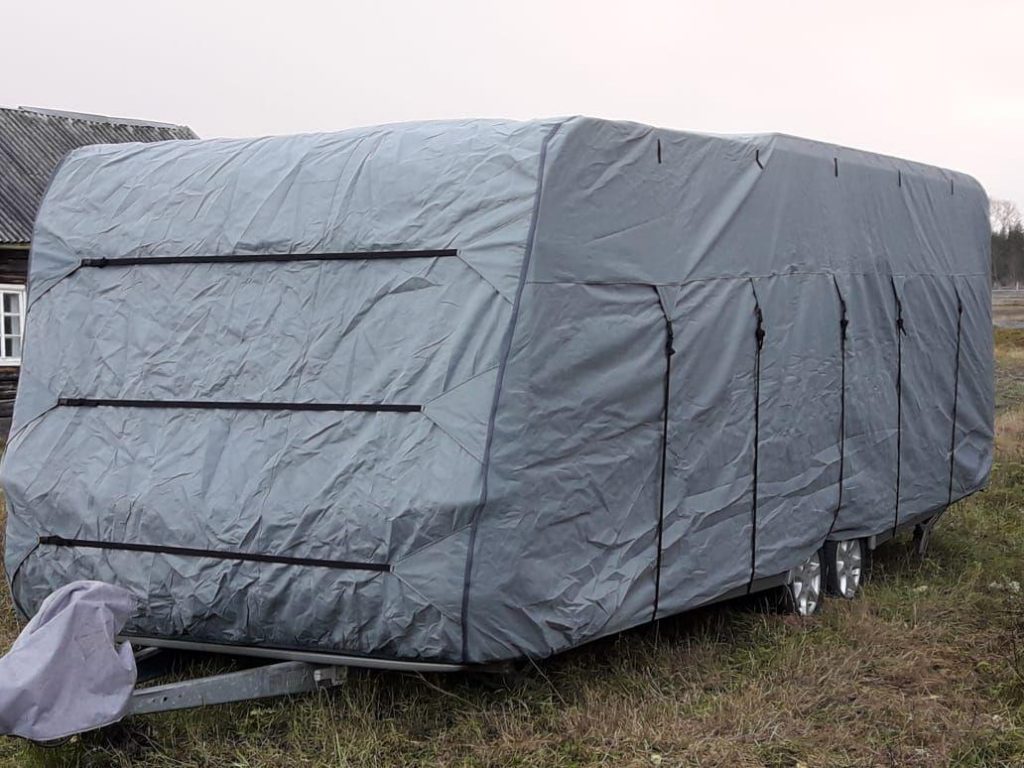
How to store tires correctly?
Content
Storing tires in the right conditions directly affects their durability and trouble-free operation. How to do it right? Just buying a rack or tire rack may not be enough!
Tire storage - basics
Buying a new set of tires is a major investment for most vehicle owners. Therefore, it is best that our tires serve as long as possible in a safe and trouble-free manner. The way they are used has a direct impact on the durability of tires - how much we drive, what kind of roads and what our driving style is. High speed, frequent braking, aggressive cornering... this behavior is bad for tire durability. However, their condition is directly affected by off-season storage - when the tires are removed from the car. We will deal with this issue in our article.
The first and most frequently asked answer to the question "how to properly store tires?" it is a dry, dark place that is resistant to extreme temperatures. This is of course the correct answer, but it needs to be developed further. Indeed, it is necessary to avoid moisture, exposure to sunlight and frost. The rubber compound from which the tires are made can withstand temperatures no higher than about 25 degrees and not falling below -5 degrees. In many home garages or basements, these conditions can be difficult to meet. In this case, it is worth remembering, first of all, not to lay the tires directly on the floor, where they can be exposed to freezing, or not to place them near a radiator or other heat source.
How to store summer and winter tires
The estimates for optimal tire storage temperatures presented above are general values. Of course, summer tires are more resistant to high temperatures than winter tires, and vice versa. We store summer tires in winter, so our first priority is to find a place where the temperature does not drop too much below zero. In the summer, when we store winter tires, we look for the coolest, shaded place. But how to store all-season tires? This is a much less frequent need, because all-season tires are bought for year-round use, without seasonal replacement. However, if necessary, they should be handled in the same way as winter tires when stored - the vast majority of all-season tires on the market are based on winter tires.
Shelving unit, bookcase or tire rack?
Providing tires with the right storage space is extremely important, but that's only half the battle. Equally important is how we position the tires when we don't need them. A common mistake is to stack the tires removed from the rims on top of each other, directly on the floor or shelf. In such a situation, tires (especially those lying at the bottom of the stack) are subject to deformation, which can lead to significant deformation. Tires without rims should be vertically next to each other. For this purpose, it is best to use a special hanger or rack or shelf for tires. It is important that they do not come into contact with the floor of the room. However, we can't forget rimless tires on the shelf until next spring or winter. From time to time (for example, every month) you should change their position by rotating them about 90 degrees around the axis. Thanks to this, we will avoid deformations in the lower part of the tire adjacent to the shelf or edge of the rack.
It is a little easier to store the wheels as a set, that is, the tires removed from the car along with the rims. In such a set, there is still air in the tire, which makes it much more resistant to deformation. Tires with discs can be stacked on top of each other, but be sure to provide insulation from the ground - for example, you can put thick cardboard or a foam mat under them. There are stands on the market, thanks to which we can put the wheels in a pile, but so that they do not touch each other. Then we completely exclude the possibility of any deformation, even in the event of a loss of air pressure in the tires. It's also a good idea to use wheel hangers or wheel hooks to store your tires with rims. However, you must be careful not to scratch the rims (preferably when the hook is rubberized or wrapped in foam rubber). It is worth remembering that in no case should you hang tires without disks on hooks or suspensions. This can cause severe deformation of the tire body.
How do I prepare tires for storage?
A common mistake is to put tires on a rack or shelf immediately after removing them from the car. It is worth checking in advance whether they are damp and not very dirty. It is best to wash them with pressurized water and dry them before storage. However, you should not overdo it with caution. Experts do not recommend using special preservatives immediately before storing tires. However, it is worth protecting them by packing them in sealed plastic bags (usually we get them at the vulcanizing machine after replacement) or in special cases. A tightly closed tire will be resistant to the evaporation of oily substances that make up the rubber compound.
How to store tires outside the home
Today, lack of storage space for tires is a common problem. It is especially difficult for people living in cooperative apartments who do not have a garage or basement sufficient for their needs. Often there are attempts to store tires on the balcony, which is categorically not recommended by experts. A balcony is an open space subject to changes in weather conditions. Even tightly wrapped tires in foil will not protect them properly. For people who do not have a place to store tires, so-called tire hotels are provided. This service is offered by many tire shops. What is it about? After seasonal replacement, our tires do not return to our home, but remain in the warehouse of the workshop. We will pick them up at the next replacement, replacing them with the currently used kit.
You can find more related articles about AvtoTachki Passions in the Automotive section.
:
